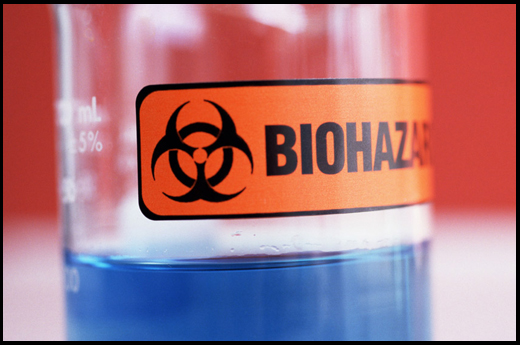
by guest blogger Deirdre Imus, author and environmental health advocate
Amid some recent dour news about ingredients in personal care products causing diabetes and muscle weakness, Johnson & Johnson provided a rare bright light when the company announced plans to remove dangerous chemicals—such as formaldehyde—from its shampoos, lotions, facial cleansers, and more. It is a sweeping gesture, and one that other companies would be wise to mimic.
Late last year, J&J revealed it would begin eliminating toxins from its baby product line in the United States, in response to activists’ demands. The announcement, heralded as almost unprecedented, puts similar companies like Procter & Gamble in a precarious position: Will they drastically revamp their product lines, too?
Problematic ingredients in personal care products are diverse, and they are many. A 2009 analysis by the Campaign for Safe Cosmetics highlighted the specific dangers of formaldehyde and another substance called 1,4 dioxane in products like shampoos and lotions. Both have been linked to cancer, and neither is listed as an ingredient because they are released or created by other ingredients over time or during the manufacturing process.
These two substances are the focus of J&J’s elimination, but the company has also pledged to get rid of phthalates, triclosan, most parabens, and several fragrance ingredients. In recent weeks, at least two of these chemicals, found in a wide range of products, have been linked to serious health problems, drawing even more attention to what is a serious health crisis that almost no one is talking about.
Phthalates are most commonly found in nail polishes, hairsprays, and perfumes, but are also in electronics, toys, and some medication coatings. They are mainly used as plasticizers, and they are extremely difficult to avoid.
According to new research, phthalates might also be linked with diabetes in women: The National Health and Nutrition Examination Survey found that women with the highest concentrations of two kinds of phthalates in their urine were nearly twice as likely to have diabetes as women whose urine contained the lowest amounts.
If that’s not alarming enough, just a few days ago new information emerged about the chemical triclosan causing muscle weakness in fish and mice. Like phthalates, triclosan is ubiquitous: Environmental Working Group (EWG), a nonprofit organization that uses public information to protect public health and the environment, reports that it’s found in soaps, shaving cream, deodorant, toothpaste, lipstick, and in a seemingly endless list of household items, from cleaning products to bedspreads. Like phthalates, triclosan is almost impossible to avoid without making a dedicated effort. Also like phthalates, triclosan has been linked with other health problems, including cancer, developmental defects, and liver toxicity.
As J&J forges ahead with its commendable plan to overhaul its entire line in the name of consumer safety, I hope the company lives up to its word, and also that it has its products third-party tested and verified. Always be vigilant in the personal care items you put on or in your body, and protect yourself and your loved ones by checking out EWG’s “Skin Deep” Cosmetics Database, an easy-to-navigate website that offers online safety profiles of more than 75,000 personal care products and cosmetics. It’s unlikely the company manufacturing your favorite shampoo or body lotion cares as much about your well-being as you do.
This post originally appeared on foxnews.com
 Deirdre Imus, founder of the site devoted to environmental health, dienviro.org, is president and founder of The Deirdre Imus Environmental Health Center™ at Hackensack University Medical Center and cofounder/co-director of the Imus Cattle Ranch for Kids with Cancer. She is a New York Times best-selling author and a frequent contributor to FoxNewsHealth.com and Fox Business Channel.
Deirdre Imus, founder of the site devoted to environmental health, dienviro.org, is president and founder of The Deirdre Imus Environmental Health Center™ at Hackensack University Medical Center and cofounder/co-director of the Imus Cattle Ranch for Kids with Cancer. She is a New York Times best-selling author and a frequent contributor to FoxNewsHealth.com and Fox Business Channel.




Well, I’ve cut wheat completely, or 98% out of our diet, as has my husband. For my 14 year old son,nothing was helping his acne ridden face and I refused to spend money on these TV ad products, so I did my own research and found that sunflower seed oil and castor oil mixed at certain levels would help his acne breakout, It’s been three weeks and he does his regimine religiously and has a much clearer face. It takes pretty much practice and investigation but you will find if you go back to just wholesome natural food products and look into making your own personal care items from simple ingredients, you are much better off.
Prayer changes things, Jesus is Lord!